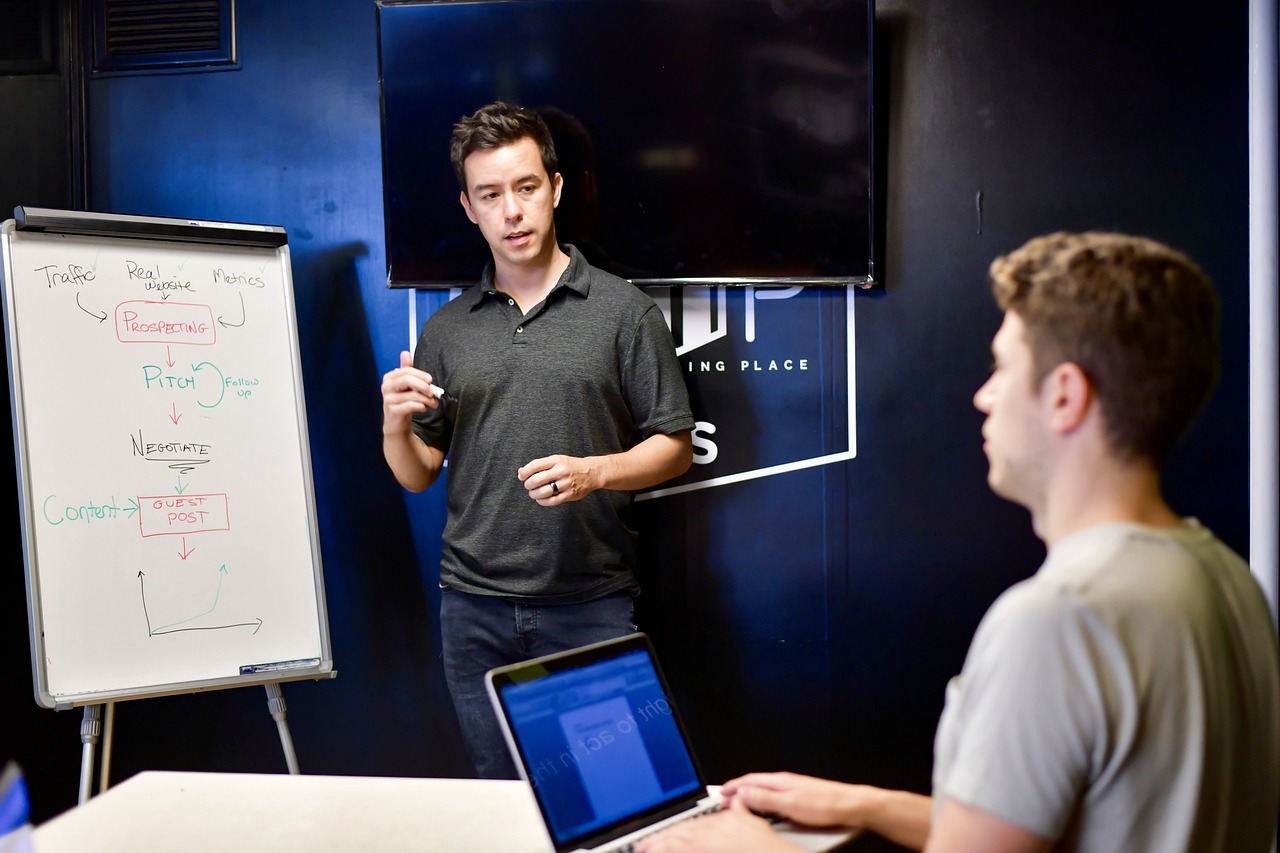Team develops a faster, cheaper way to train large language models

Stanford University Unveils Sophia: A Hi-Tech Breakthrough in Language Model Optimization
In a groundbreaking development, a team of researchers from Stanford University has introduced Sophia, a cutting-edge method to optimize the pretraining of large language models (LLMs). This innovative approach is not only twice as fast as current methods but also promises to make LLMs more accessible to smaller organizations and academic groups.
Large language models, such as ChatGPT, have garnered immense popularity and media attention in recent times. However, due to the exorbitant costs associated with pretraining these models, only a handful of tech giants dominate this space. Estimates suggest that the price of pretraining can start at $10 million and potentially escalate to astronomical figures.
Hong Liu, a graduate student in computer science at Stanford University, acknowledges this accessibility issue and aims to address it with Sophia. Alongside fellow researchers Zhiyuan Li, David Hall, Tengyu Ma, and Percy Liang, Liu set out to refine the existing optimization methods for LLMs. Their efforts culminated in Sophia, an approach that significantly reduces pretraining time.
To enhance the optimization of LLM pretraining, the Stanford team employed two clever strategies. The first technique, known as curvature estimation, involves optimizing the number of steps required to transform raw data into a finalized product. Liu draws a parallel between this process and managing a factory assembly line, where efficiency is crucial.
Within the context of LLM pretraining, curvature refers to the maximum achievable speed at which the parameters progress towards the goal of a pretrained LLM. Estimating this curvature is pivotal for efficient optimization; however, it has proven to be a difficult and costly task. Consequently, existing approaches, including Adam and its variants, have omitted the curvature estimation step.
The Stanford researchers noticed a potential inefficiency in prior methods that employed parametric curvature estimation. By reducing the frequency of updates, they tested whether this optimization process could be made more efficient. The results were remarkable. Sophia estimated parameters' curvature only every 10 steps, resulting in a significant performance boost.
The team's second optimization trick, known as clipping, tackles the problem of inaccurate curvature estimation. In this scenario, incorrect estimations would burden the workers with even more extensive tasks, exacerbating the situation. Clipping addresses this issue by setting a maximum threshold for curvature estimation, akin to establishing a workload limitation for employees.
Without clipping, the optimization process can lead to suboptimal outcomes, landing in a saddle between two mountains rather than the desired lowest valley. Liu emphasizes that this is not an ideal scenario when it comes to optimization.
Sophia's introduction by the Stanford University team is a monumental step towards democratizing large language models. By making LLMs more accessible and significantly reducing pretraining time, Sophia opens doors for smaller organizations and academic groups to harness the power of these hi-tech language models. The published details of this groundbreaking approach on the arXiv preprint server mark a turning point in the field of language model optimization.
The future of LLMs is looking brighter, thanks to the tireless efforts of the Stanford researchers. As Sophia continues to revolutionize the pretraining process, we can anticipate a more inclusive landscape where the benefits of large language models extend beyond the confines of tech giants.
News
- 2023-07-20 Germany behind schedule on wind energy rollout: study
- 2023-07-20 Researchers propose a circular economy for rare-earth elements
- 2023-07-20 Researchers propose a circular economy for rare-earth elements
- 2023-07-20 Charging cars at home at night is not the way to go, study finds
- 2023-07-20 Charging cars at home at night is not the way to go, study finds